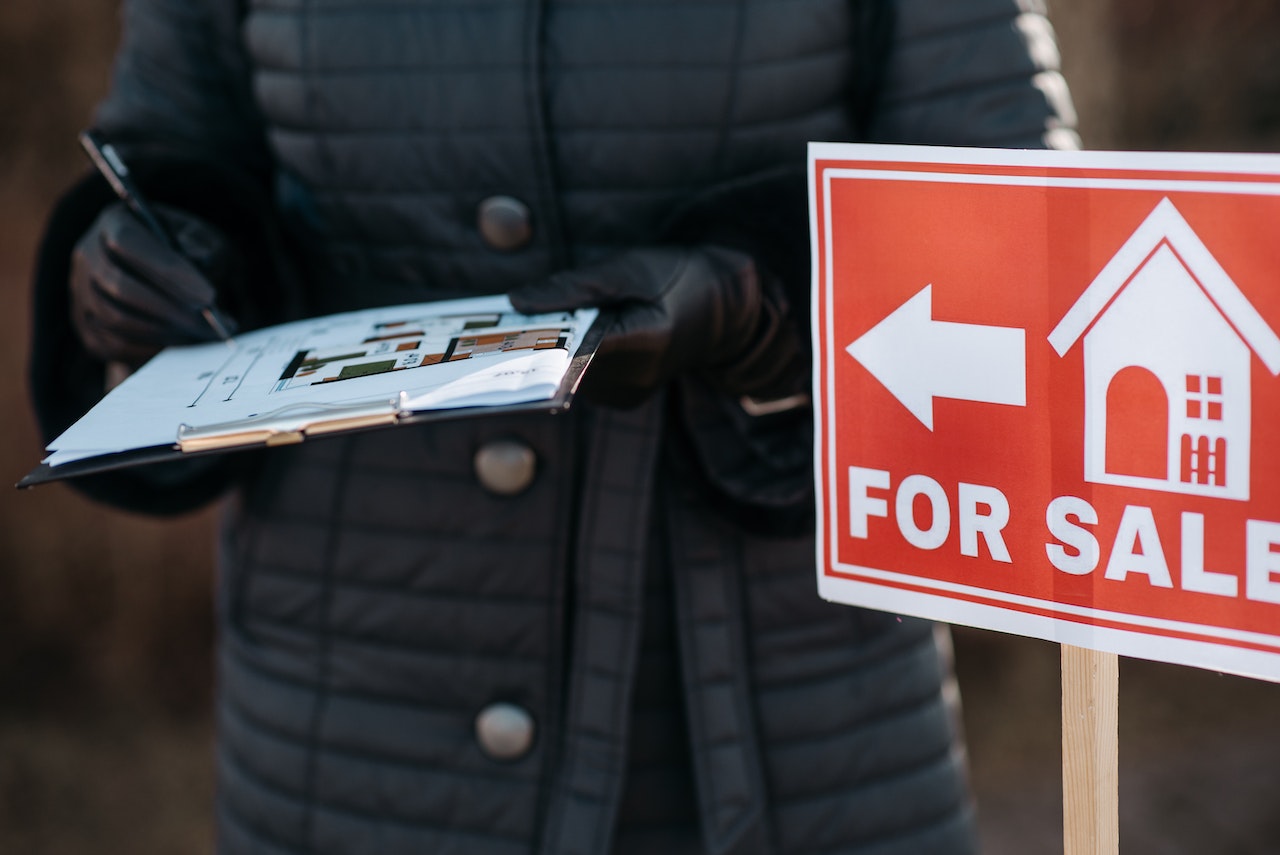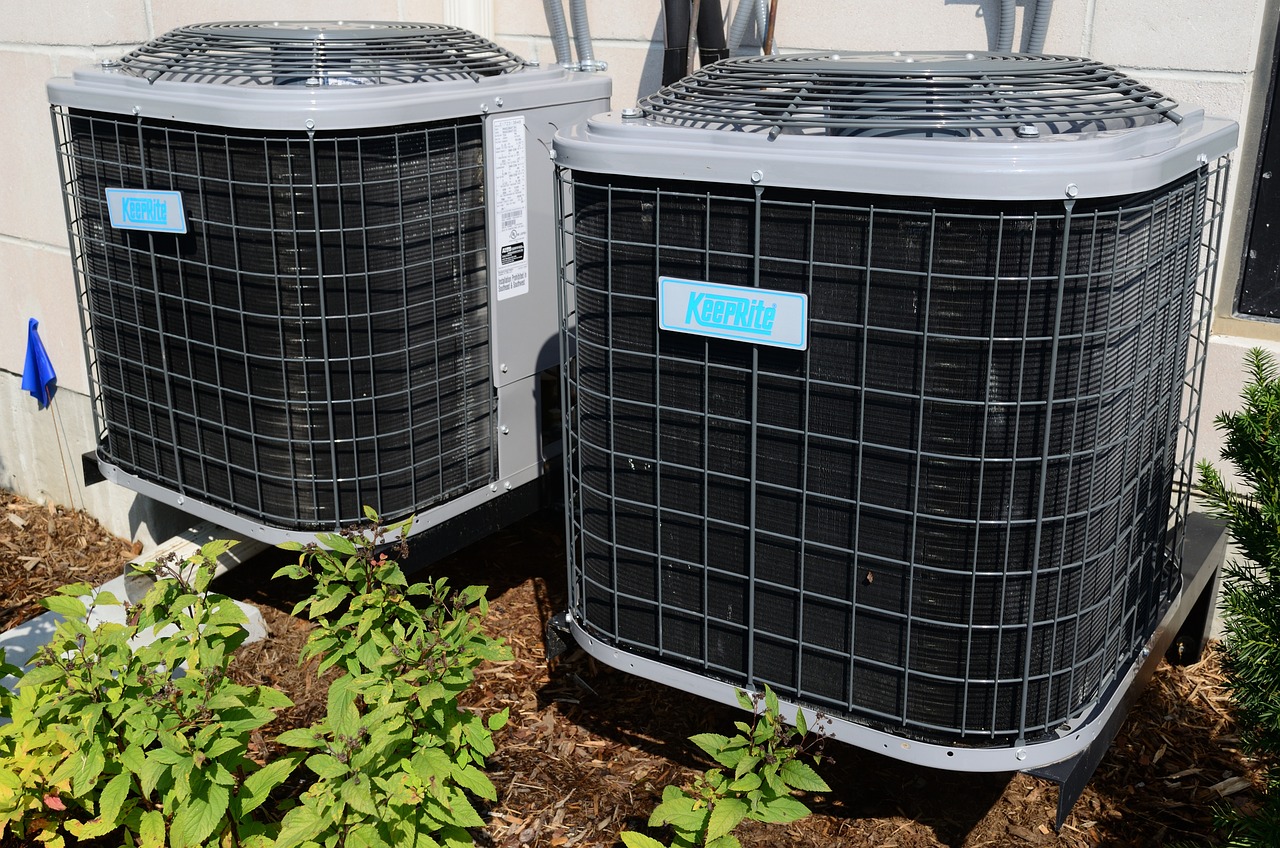Ah, the American Dream. A white picket fence, 2.5 kids, and a dog named Spot. We’ve all been told it’s within reach. But wait, there’s a shortcut to this illustrious vision of homeownership — a foreclosed home! Yes, for the low, low cost of someone else’s unfortunate financial decisions, you too can be the proud owner of a slightly damaged slice of Americana. If you’ve ever wanted to kick your life’s stability up a notch while simultaneously capitalizing on the misfortune of others, then grab your notepad and take some notes. This guide is just for you!
Step 1: Amass Your Mountain of Cash
You’re going to need money, lots of it. Not Jeff Bezos-money, but perhaps ‘broke lottery winner’ level of wealth should suffice. If you’re like most people and you can’t find a tree that grows money in your backyard, you’ll want to speak to a mortgage lender. The good news is they talk to anyone. The bad news is they talk to anyone.
But hold on there, Tiger — before you start penning your application for that low, low APR of 3.14159% (Mmm, pie), get a pre-approval letter first. It’s the golden ticket that tells sellers you’re kind of a big deal.
Step 2: Get Yourself a Psychic — I Mean, a Real Estate Agent
Now, you could try to navigate the choppy waters of foreclosure-buying yourself, but that would be like trying to fix a leaky faucet with a banana — it’s just not practical. Get a real estate agent who specializes in foreclosures because they’ll be your Yoda in this “Star Wars” sequel nobody asked for.
Ask them questions like, “How many foreclosures have you helped buy?” or “Can you predict my future?” If they answer both confidently, hire them on the spot.
Step 3: Find Your ‘Almost Dream Home’
Notice I said ‘almost.’ These homes are foreclosed for a reason, and that reason is usually not ‘too perfect to handle.’ Scour foreclosure listings like a detective on a 70’s cop show. Go to auctions. Drive through neighborhoods looking for signs that say “Bank-owned property” instead of “Beware of Dog.” Then imagine your life there. If you can picture yourself sipping coffee in a kitchen that currently doesn’t have a floor, then you’re ready for the next step.
Step 4: A Little Thing Called Due Diligence
Or as I like to call it, “uncovering all the ways this can spectacularly blow up in your face.” Get a home inspection, or two, or ten. Whatever helps you sleep at night. Inspections will reveal whether the house is a hidden gem or a money pit that will make you contemplate living in your car. You’re aiming for no surprises here, unless you enjoy the kind of surprise that involves structural damage and a family of raccoons living in the attic.
Step 5: Make an Offer They Can’t Refuse (But They Probably Will Anyway)
So you’ve found a foreclosure that hasn’t scared you off, and you’re ready to make an offer. Perfect! Now, call your agent and tell them to write up an offer that is so good it would make a Hollywood movie producer weep. Be prepared for a counteroffer, a rejection, or the sound of crickets. If the bank accepts, pop the champagne! If not, return to Step 3 and remind yourself this is all part of the ‘adventure.’
Step 6: Dive Headfirst into the Paperwork Abyss
Ah, paperwork, the adult equivalent of homework. You didn’t think this foreclosed American Dream would be free of red tape, did you? Buckle up, because the paperwork is like a Nicholas Sparks novel — long, complicated, and someone usually ends up crying. Your real estate agent will help you sift through the endless contracts, clauses, and contingencies. But make no mistake, you’ll want to read everything. Yes, even the footnotes. Especially the footnotes.
Step 7: Be Besties with Your Bank
Remember that mortgage lender who gave you a pre-approval letter? Well, it’s time to go back and make sure they actually give you the money. Banks love to throw curveballs, so be prepared for last-minute requests for more documents, more proof of income, or even a map of your internal organs. The goal here is to get that final loan approval and the keys to your castle, no matter how many dragons you have to slay on the way.
Step 8: Don’t Forget Your Closing Costs (Because the Bank Won’t)
Let’s talk about the closing table. It’s the final boss level in your epic quest to buy a foreclosed home. But remember, “It’s dangerous to go alone!” so take this: a pile of money for closing costs. From title fees to underwriting fees, to a fee for having too many fees, you’re going to want to have some extra cash ready to throw at the problem until it goes away.
Step 9: Attend the World’s Most Boring Party, aka The Closing
Imagine a room filled with lawyers, real estate agents, and bank representatives, all sitting around a table covered in documents. No, it’s not a rejected sitcom pilot; it’s your closing! Here, you’ll sign your name so many times, you’ll momentarily forget how to spell it. But the prize is worth it: keys to your very own foreclosed American Dream. Just don’t lose them; replacements aren’t included in the closing costs.
Step 10: Bragging Rights, With a Dash of Reality
Congratulations! You’ve done it. You’ve crossed the finish line, with only a few scrapes, a bruised ego, and probably a significantly lighter wallet. Now comes the fun part: home improvements! And by “fun,” I mean dipping into your life savings or maxing out your credit card at your local hardware store. Because let’s be honest, the house is yours, but it’s not a home until you’ve replaced the missing floorboards, evicted the raccoon family, and discovered the source of that weird smell in the basement.
In conclusion, buying a foreclosed home is a bit like dating: it looks easy in movies but is far messier in real life. However, with a hefty dose of courage, a sprinkle of insanity, and this foolproof (read: full of potential for foolishness) guide, you too can be a proud owner of a slightly-dilapidated piece of the American Dream. Cheers!



